I am trying to get an app that uses socket.io v.3.1.1 to work on production.
It works well on development using webpack devServer for the client on 3000 and nodemon for the server on 4000.
But when I put it on the production server the client complains with:
Cross-Origin Request Blocked: The Same Origin Policy disallows reading the remote resource at http://localhost:5003/socket.io/?EIO=4&transport=polling&t=NUmy2Us.
Server
import express from 'express'
import { createServer } from 'http'
import { Server } from 'socket.io'
const app = express()
const prod = process.env.NODE_ENV === 'production'
const port = process.env.PORT || prod ? 5003 : 4000
const httpServer = createServer(app)
const io = new Server(httpServer, {
cors: {
origin: '*',
methods: ['GET', 'POST']
}
})
const connections = []
io.on('connection', (socket) => {
connections.push(socket)
console.log(`Socket id ${socket.id} connected`)
socket.on('disconnect', () => {
connections.splice(connections.indexOf(socket), 1)
})
})
httpServer.listen(port, () => console.log(`App listening on port ${port}.`))
....
Client
...
import { io } from 'socket.io-client'
const port = process.env.NODE_ENV === 'development' ? '4000' : '5003'
const socket = io(`http://localhost:${port}`)
This set up does work on development but when I put it on production on port 5003, it throws the CORS.
On the nginx server blocks I got
location /thisapp/ {
auth_basic $authentication;
auth_basic_user_file /var/www/.htpasswd;
try_files $uri $uri/ =404;
}
# And other proxies for express routing
location /api/process {
proxy_pass http://localhost:5003/api/process;
}
location /api/process/download {
proxy_pass http://localhost:5003/api/process/download;
}
I know the app is listening on 5003 on the server.
Pm2 log App
App listening on port 5003.
When I look at the network on the web sockets tab
On Dev I get this:
And on Production this:
The production server runs on https with let's encrypt but this has never been an issue for other apps I have run, I wonder if socket.io needs me to do something about it thou.
I tried multiple combinations of different approaches but I always get this:


